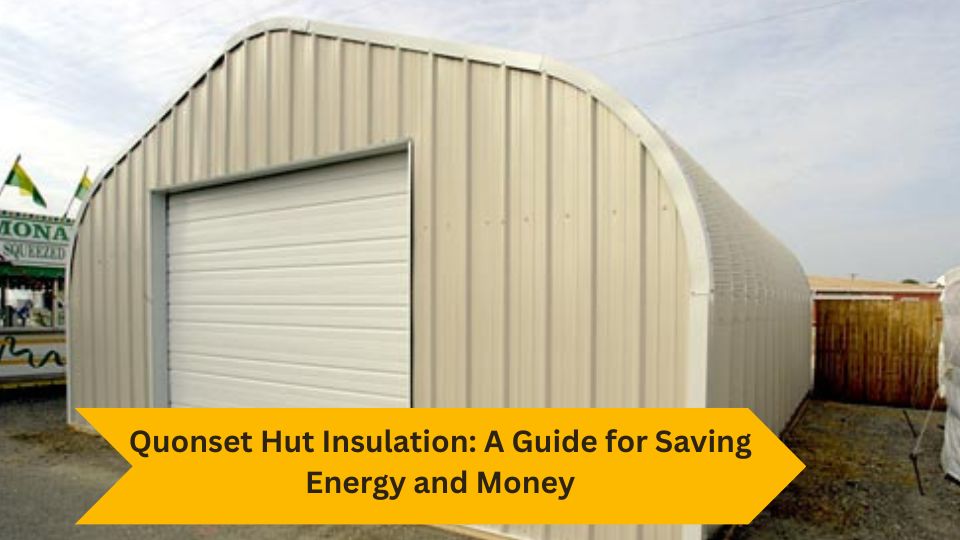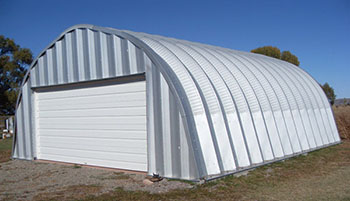
Quonset huts have been around since the 1940s, and they are still a popular choice for storage, workshops, and other structures. They are well known for their durability, strength, and affordability, but many people overlook the importance of proper insulation. Quonset hut insulation can be a great way to save energy and money. In this blog, we will take a look at the different types of insulation available for Quonset huts, the benefits of insulating a Quonset hut, and some tips for getting started.
Whether you use your Quonset hut for storage, a workshop, or even a home, proper insulation is a must. Insulation can help keep temperatures inside the Quonset hut comfortable, reduce energy bills, and improve overall energy efficiency.
Rigid foam insulation is a popular option for Quonset huts due to its durability and effectiveness. This type of insulation is installed in rigid panels, which are then placed in the walls and ceiling of the hut. Rigid foam insulation is extremely effective at blocking heat transfer and is also a great option for soundproofing.
Fiberglass insulation is one of the most common types of insulation used in Quonset huts. This type of insulation typically comes in rolls, which are easily installed in the walls and ceiling of the hut. Fiberglass insulation is effective in maintaining a comfortable temperature inside the Quonset hut, and is also relatively inexpensive when compared to other types of insulation.
Spray foam insulation is another popular choice for Quonset huts. It is sprayed onto the interior of the walls and creates a seal that helps keep temperatures inside the Quonset hut comfortable. Spray foam insulation is also very effective at blocking out sound and is a great option for soundproofing.
Radiant barrier insulation is a reflective type of insulation that is often used in Quonset huts. This type of insulation is installed in the walls and ceiling of the hut and is effective at reflecting heat from the outside. Radiant barrier insulation is also great at blocking out sound, and it is relatively inexpensive compared to other types of insulation.

Insulating a Quonset hut can provide a number of benefits. The most obvious benefit is energy savings. Insulation helps to keep the temperature inside the hut more consistent and comfortable, which can help to reduce heating and cooling costs. Additionally, insulation helps to reduce noise from outside sources, making it a great choice for workshops, agricultural Quonset huts, and other structures that need to be kept quiet. Finally, insulation can help to protect against moisture and condensation, which can lead to mold and mildew.
When it comes to insulating a Quonset hut, there are a few tips that can help. First, make sure to measure the space accurately. This will ensure that you have enough insulation to cover the area. Next, consider the type of insulation you will be using. Rigid Foam Insulation is the most common, but spray foam insulation can also provide good results. Finally, make sure to use the appropriate safety equipment and read all installation instructions carefully. You can also take help from professionals at Powerbilt Steel Buildings.
Insulating a Quonset hut is an important step in ensuring energy efficiency and saving money. There are several different types of insulation available, and each has its own benefits. Make sure to measure the space accurately and use the appropriate safety equipment and installation instructions. With proper insulation, your Quonset hut can provide a comfortable, energy-efficient environment for years to come.
At Powerbilt Steel Buildings, we provide a wide range of Quonset hut buildings for different needs, be it commercial, residential, agricultural, or industrial.
Call our building experts at +1 (800) 547-8335 to discuss your next Quonset building project today!
Connect with Our Quonset Building Experts Today!